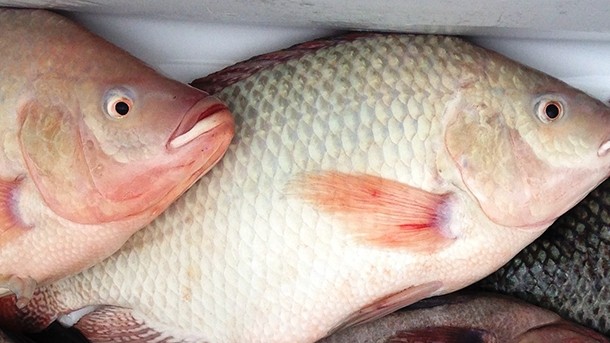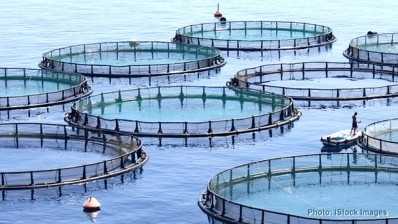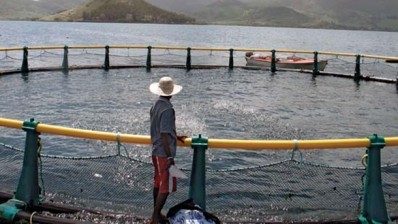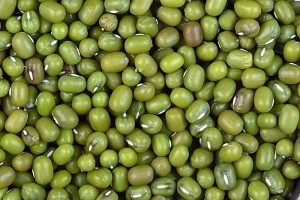Philippines
'Aquatic chicken' could feed billions around the world

According to a recent report by the World Resources Institute that looked at the performance and sustainability of the world’s aquaculture industry, fish production must grow by 133% until 2050 to meet projected worldwide demand.
In the paper, lead author Richard Waite argues for a shift in consumption towards fish from the lower end of the food chain, with the tilapia heading the list.
Believed by Christians to have “fed the five thousand”, the humble tilapia is only second to carp as the world’s most cultivated fish, and it is fast overtaking the bangus, or milkfish, to become the most popular commercially bred fish in the Philippines, where it is providing increasingly more Filipinos on low incomes with access to a cheap source of protein.
Swimming success
Fishery experts have dubbed the tilapia as the “aquatic chicken” because of low-maintenance cultivation, and most importantly its widespread acceptance as a sustainable food. Its tolerance to different environmental conditions and high resistance towards diseases and parasitic infections has made it the mainstay of many small-scale fish farmers, especially in Philippines. Other benefits include excellent growth rates on a low-protein diet, ready breeding in captivity and ease of handling.
For the consumer, the tilapia’s herbivore diet means it does not accumulate pollutants and toxins, making it a safe food choice.
Asis Perez, director of the Philippines Bureau of Fisheries and Aquatic Resources, has said of the tilapia’s potential in the export industry: “From local consumption, it is fast-becoming a global commodity.”
Teach a man to fish
For the last year, a project to identify “super strains” of the Nile tilapia species has been carried out by Central Luzon State University. Dr Tereso Abella, director of the university’s freshwater aquatic centre, has said that identifying the best performing strain in the country will have vast social and economic benefits as it creates new employment opportunities and provide food security.
“The goal of the project is to develop and make available the best strain of Nile tilapia for the industry. We want the product of this research project widely disseminated to both large and small-scale tilapia farmers but higher priority will be given to small scale tilapia farmers to improve their production, and the quality of their lives.”
“This will help increase aquaculture productivity, generating greater income for small-scale fish farmers, improving their living standards, and helping to increase the availability of Nile tilapia for poor consumers.
“Tilapia in the Philippines is the fish of yesterday, the fish of today and the fish of tomorrow. It is the people’s fish because it’s readily available, accessible and affordable to every ordinary Filipino.”













